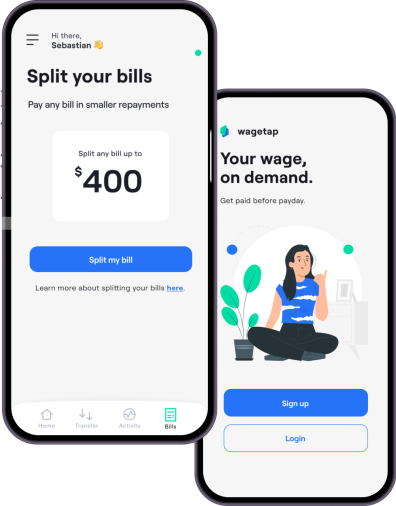Creative Ways to Teach Kids About Money

Teach kids essential money skills with fun and engaging strategies! Discover interactive games, real-life lessons, and creative activities to help children develop strong financial literacy habits for a successful future.
Fun and Engaging Strategies to Teach Kids Financial Literacy
Educating children about money at a young age enables them to form intelligent money habits that will last them a lifetime. By making learning interactive and fun, children comprehend key concepts such as saving, budgeting, and spending wisely. Interactive activities, practical experiences, and imaginative games make financial literacy easy and enjoyable. This article discusses engaging and effective ways to enable children to develop a solid foundation for handling money responsibly.Use Games and Apps
Games and applications make learning money concepts entertaining and interactive for children. Traditional board games such as Monopoly and The Game of Life provide valuable money lessons on earning, spending, and investing in an interactive manner. Learning applications specifically created for children, including budgeting and saving simulators, assist in solidifying money concepts through engaging challenges. Integrating play in financial education enables children to acquire money management skills while enjoying the experience.Create a Mini Store at Home

Give an Allowance with a Purpose
Providing children with an allowance for a purpose is an excellent means of teaching them about budgeting and responsibility. Encourage them to allocate their money into three categories—saving, spending, and giving—so they can learn how to balance various financial priorities. Having savings goals, whether for a toy, a special activity, or a donation to charity, teaches children patience and planning. This experiential learning encourages wise money habits and teaches the importance of careful financial decision-making.Introduce a Savings Challenge

Encourage Entrepreneurial Activities
Engaging children in entrepreneurial ventures, including operating a lemonade stand, selling their own crafts, or providing pet-sitting services, is an excellent means of imparting to them the value of earning and handling money. Such experiential learning makes children aware of the work involved in earning money and the need to budget, save, and reinvest their money.By assuming responsibility for small business ventures, they learn problem-solving skills, creativity, and financial independence while having fun and building confidence in their capabilities.Take Kids on Real-Life Shopping Lessons
Taking children on actual shopping excursions is a great method of teaching them real-life money skills in an interactive and experiential manner. Demonstrate how to shop around for the best prices, check for bargains, and use coupons to obtain the best value. Explain the distinction between needs and wants, so they know why some things are necessary and others are not. You may also engage them in budgeting by providing them with a specified amount to use for certain items and challenging them to make intelligent choices. The experience not only instills in them the worth of money, but it also makes them more confident in terms of managing their finances and making intelligent financial decisions that will prove to be valuable to them later in life.Open a Kid-Friendly Bank Account

Lead by Example
Kids learn through observing the behaviour of the people around them, so it is imperative that parents show them how to act responsibly with money. Model how you save for the future, budget, and make considered purchases. Engage them in basic family budget conversations, such as planning how much to spend on groceries or saving for a family vacation. By leading by example, you provide them with a solid foundation for wise money management. When children observe financial responsibility firsthand, they are more likely to develop these habits themselves as adults.Utilise A Pay Advance App When You Need It
Several ways can be used to teach our children how to manage money properly at a young age. It is healthy to start them young and instil in their minds that money is not inherently evil if they just know how to use it well, not make it the centre of their lives, but to use it to their advantage. Listed above are some of the little ways that you can incorporate that without taking the fun in the lesson.Nevertheless, we are not perfect even as adults, so when faced with a financial problem, you can look at Australia’s leading wage advance app, Wagetap, to help you get your pay early and split the bill into four payments with their bill split option. Just access the app on the App Store or Google Play.For additional help in improving your spending habits, you can always download Wagetap. It is a leading wage advance and bill split app that allows you to access your pay early. Emergencies can always happen and Wagetap can help you handle life's unexpected expenses.
Share this post
Download Wagetap today
Get your Pay On demand with Wagetap
Subscribe to our Newsletter

© 2025 Wagetap All rights reserved
Digital Services Australia V Pty Ltd


